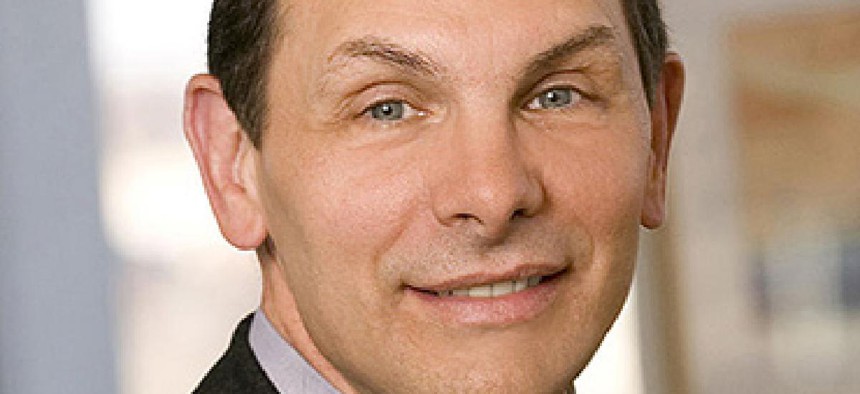VA chief touts interoperability

The key to improving veterans' health care is electronic health records that are interoperable among VA, DOD and the private sector, VA Secretary Robert McDonald said.

With regard to electronic health records, VA Secretary Robert McDonald said, "There is interoperability today, but we're working to improve it even further."
Electronic health records that are interoperable among the Department of Veterans Affairs, the Defense Department and the private sector are key to improving veterans' medical care, VA Secretary Robert McDonald said Nov. 6.
"If you go to any of our DOD/VA hospitals, like in San Antonio or in Fort Richardson in Alaska, you can see the system in action," McDonald told reporters after a speech at the National Press Club in Washington. "There is interoperability today, but we're working to improve it even further."
Asked what could be done to boost deployment of VistA, VA's homegrown electronic health record system, McDonald said, "We've got a lot of changes going on. In fact, we just had a hearing where we showed some of those changes to members of Congress."
For example, VA CIO LaVerne Council told Congress on Oct. 27 that use of the Joint Legacy Viewer, a read-only data-presentation application that shares information between VA and DOD providers, has 19,000 users, up from a few hundred a year ago. The VA Office of Information and Technology is also combining its VistA modernization, patient scheduling and health record interoperability efforts under a new program office.
In his speech, McDonald rattled off figures intended to show improvements made at the agency since he took the helm in July 2014. For instance, the current backlog of 76,000 disability claims is down 88 percent from a historic high of 611,000 in March 2013, the former Procter and Gamble CEO said.
McDonald has made modernizing VA's IT a key piece of his plan to move the agency past a scandal characterized by delays in care for veterans and manipulation of waiting lists. In doing so, he has put great faith in Council, the former Johnson and Johnson CIO he recruited to drive modernization at the agency.
It has not been all cheery news on McDonald's watch. An inspector general report released Sept. 2 substantiated allegations by whistleblowers that 47,000 veterans died while awaiting care, but auditors said faulty data made it difficult to fully assess the scope of the backlog.
A veteran who wants to change his or her address currently has to do so at nine different parts of the agency, according to McDonald. Officials are, therefore, moving to a "single data backbone" with information on all those seeking care, he said, adding that Council "knows how to do this, so now is the time to get it done."
McDonald later told reporters that there is a timeline for completing that data backbone, but it was too early to share it.
When FCW asked what he had done to improve cybersecurity at the agency, he replied that he had hired Council.
McDonald has empowered her to shake up the agency. Her first personnel moves resulted in the departures of two top officials from the CIO office.
"I probably have been much more decisive than the team has been exposed to," she told FCW in a recent interview.





